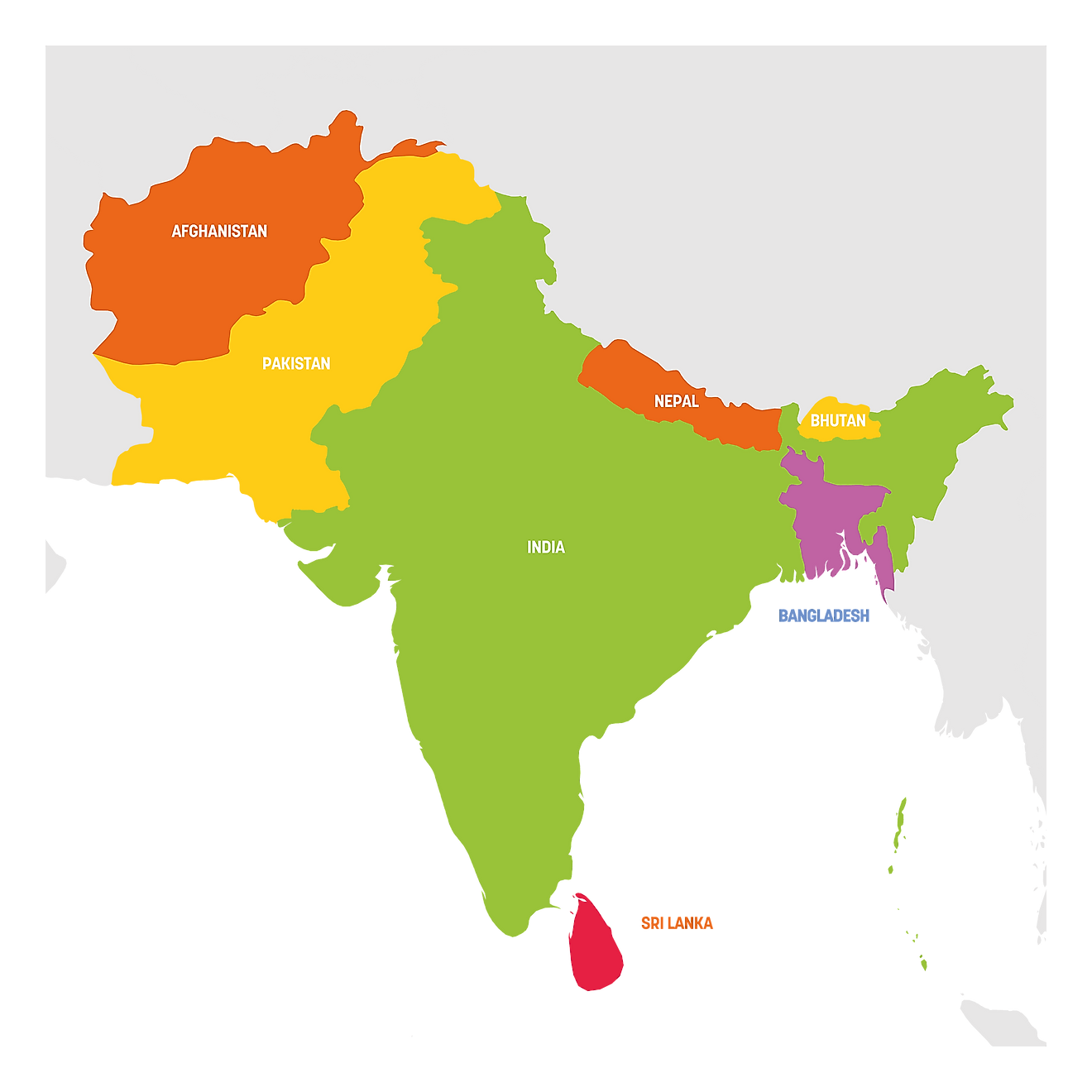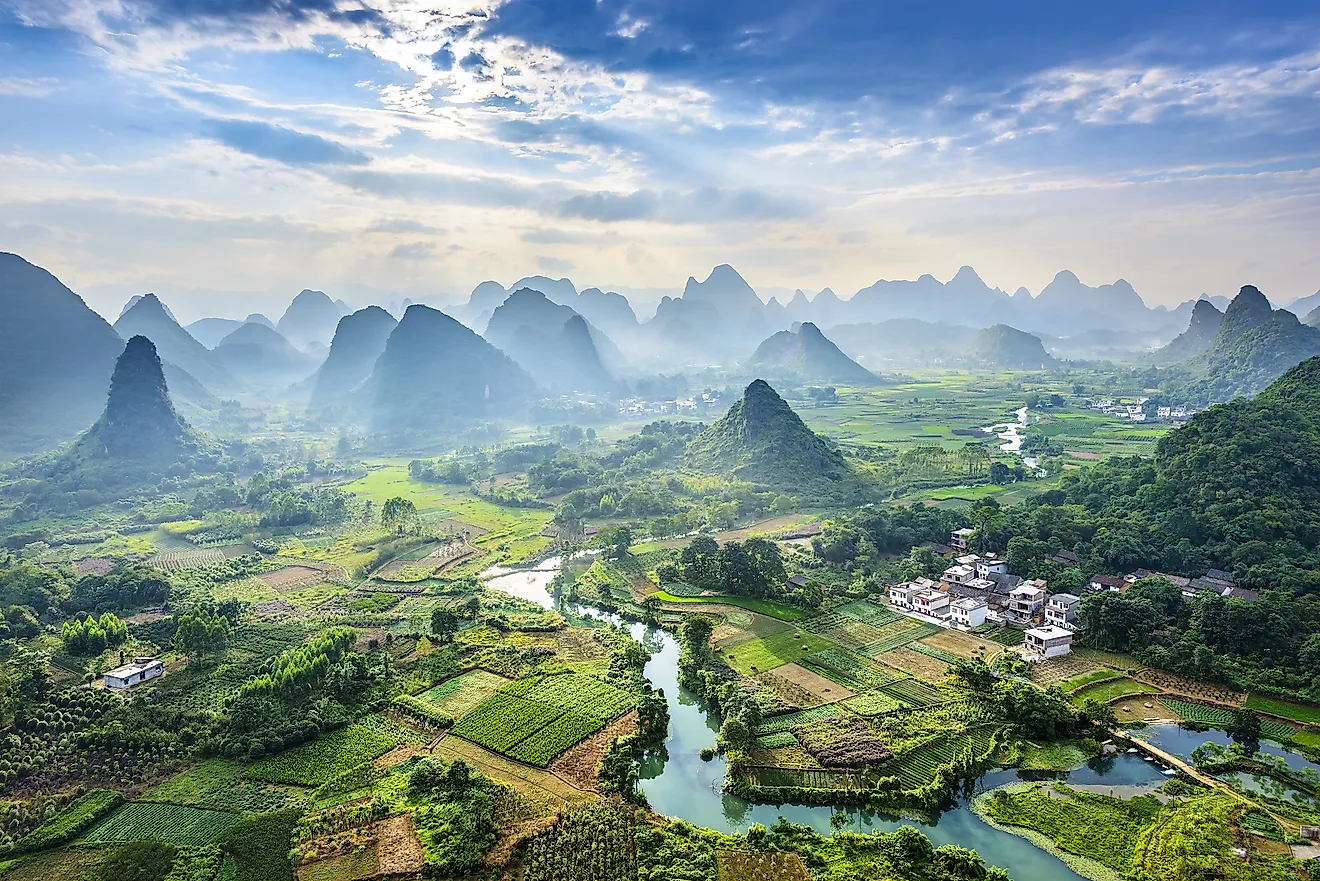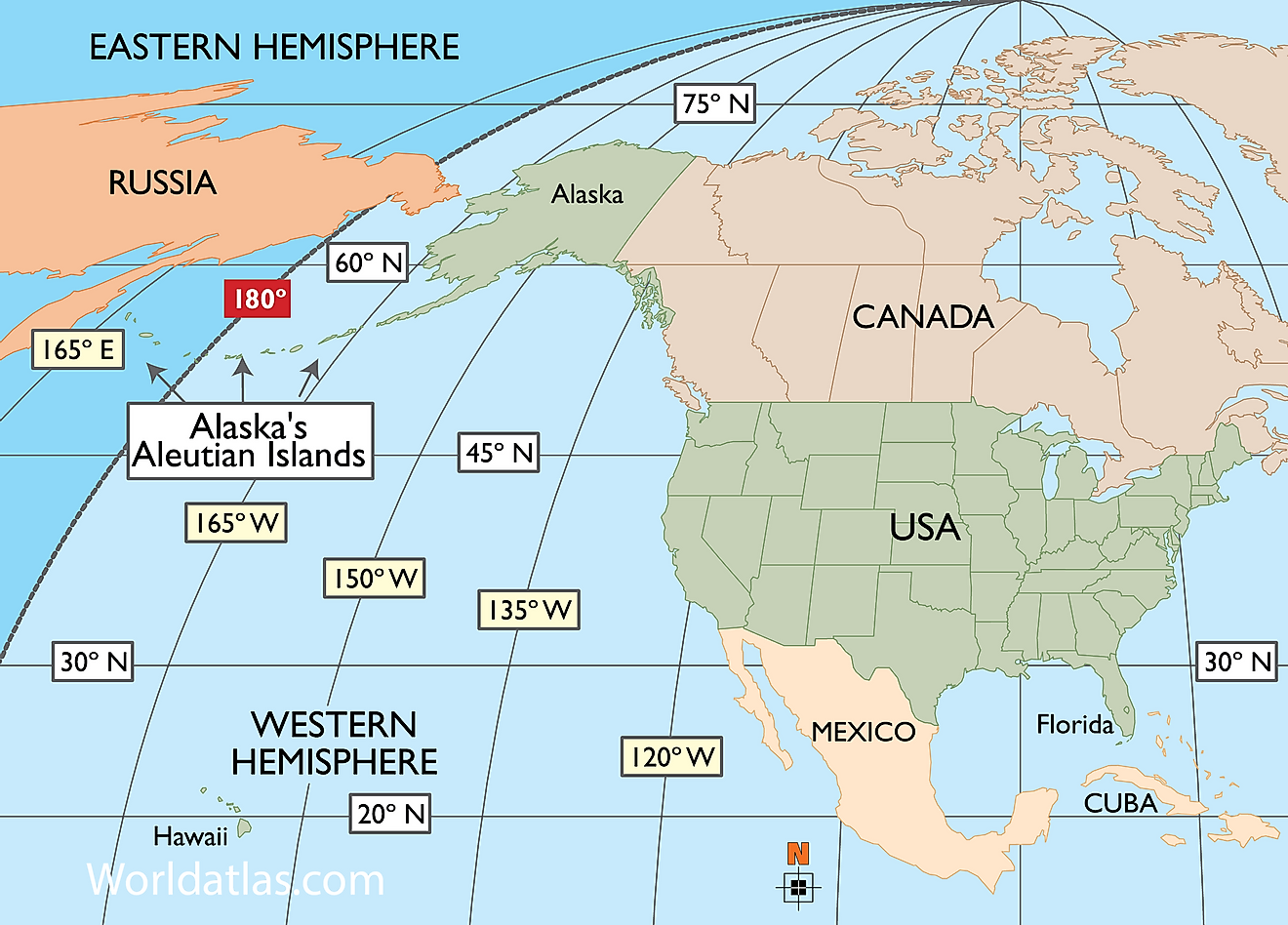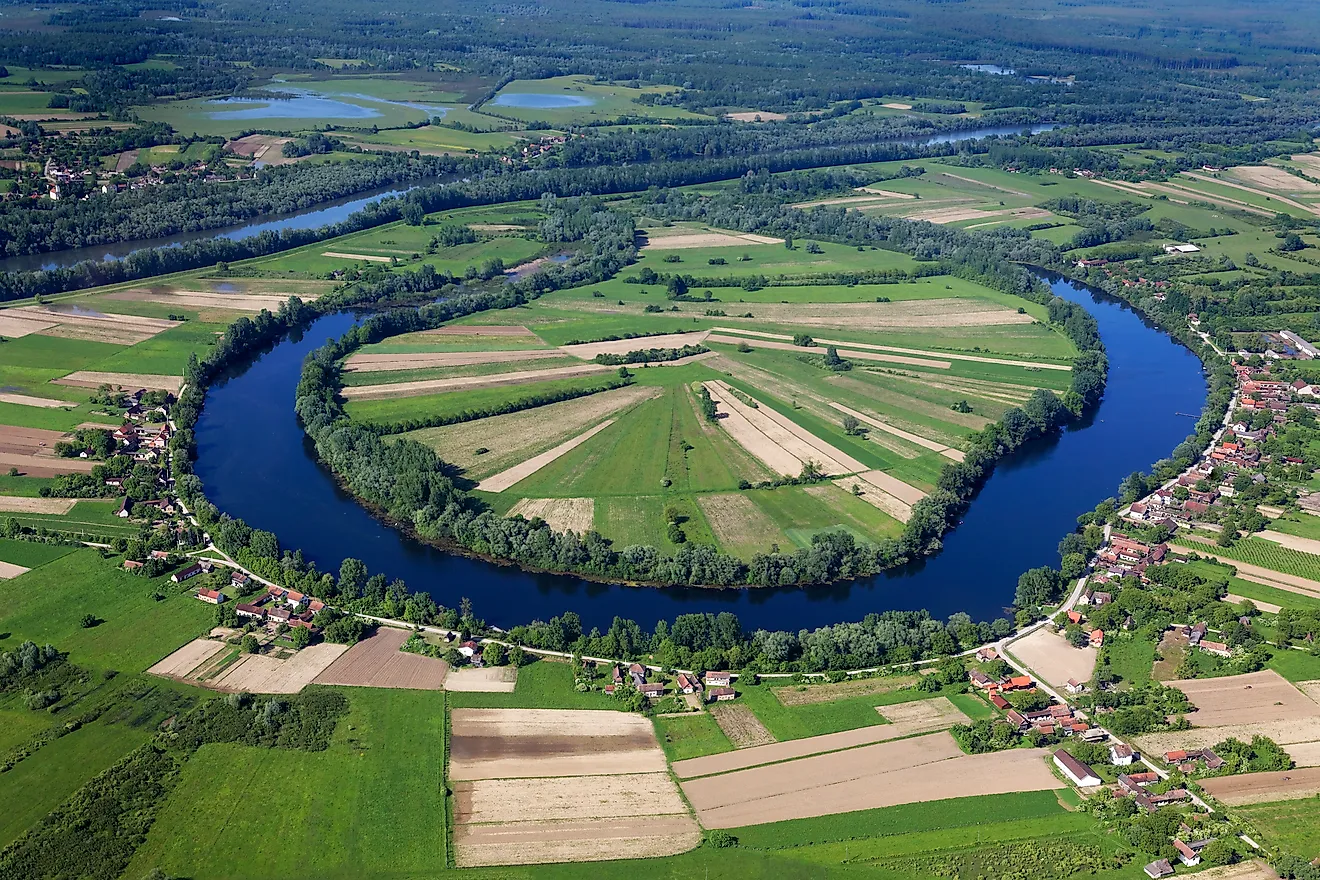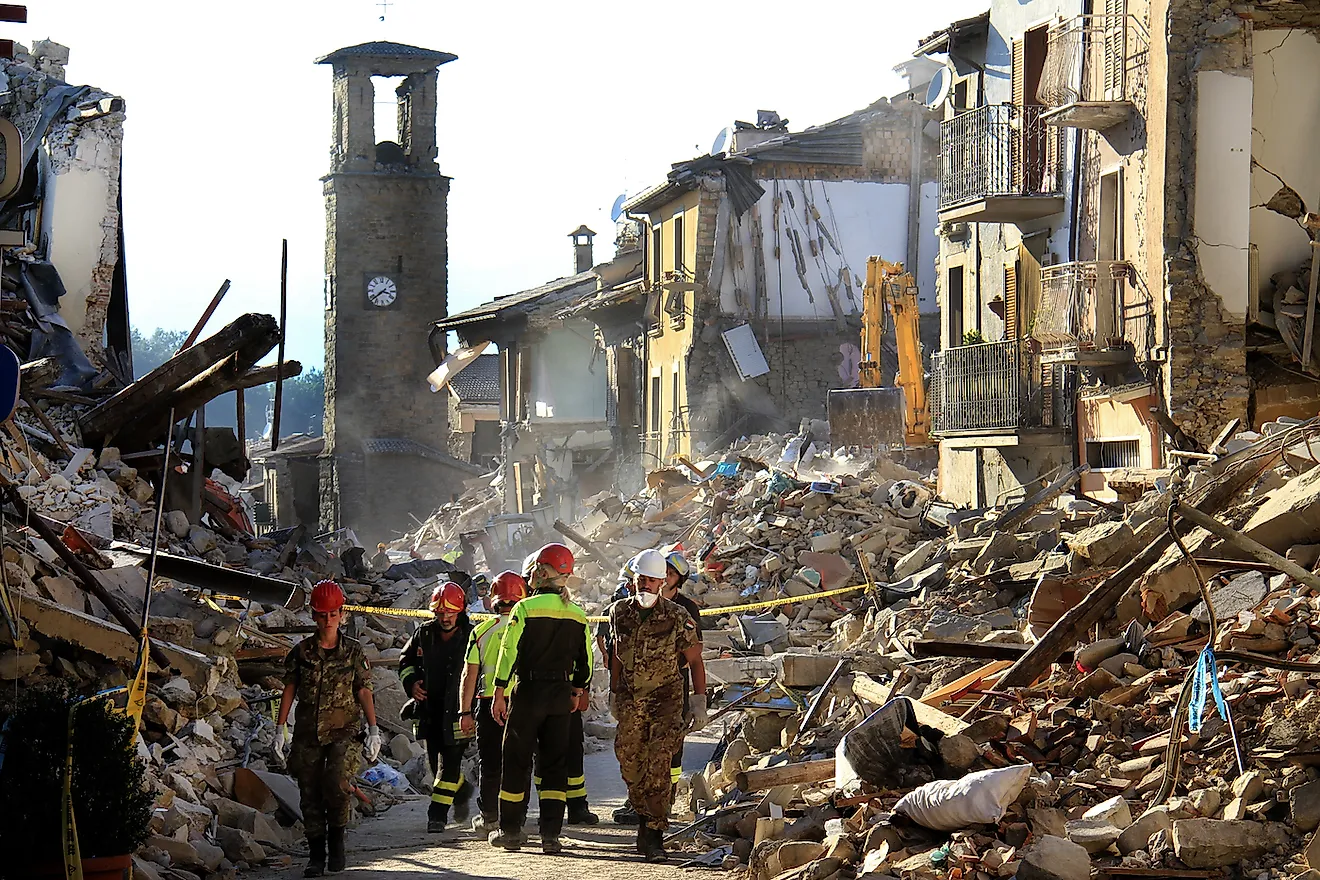Endorheic Basin

- Endorheic basins and lakes are often saline, and can form salt lakes or dried salt pans over time.
- Australia holds the largest concentration of endorheic basins and lakes of any continent on Earth.
- Caspian Sea, the world's largest lake, is actually endorheic.
Any depression, imprint, or bowl-like dip in the Earth’s surface can generally be defined as a basin. This basin can collect water in the form of a pond or lake. Where precipitation collects, and drains away, these basins are called drainage basins. In drainage basins, the water that collects in the bowl of the Earth drains away into other bodies of water that are at lower elevations. Usually, this takes place in the form of water run-off leading to rivers or bays, which eventually flow into the sea.
Contents:
What Is An Endorheic Basin?
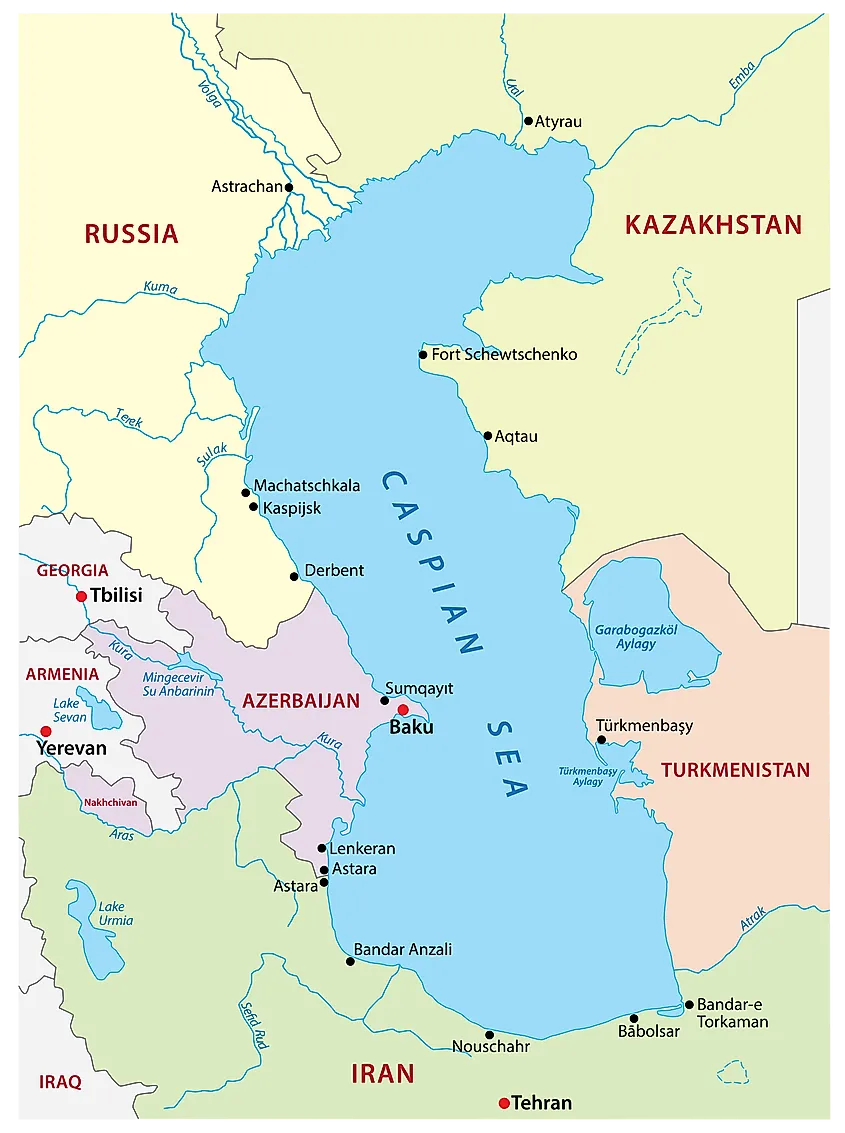
Endorheic basins, while still drainage basins, function in a different way. The word endorheic stems from ancient greek, and means ‘to flow within’. It is an indicator of how drainage functions within these types of basins. Endorheic basins do not have the same type of outflow to rivers and the like, but rather hold their water within. Instead, what drainage does occur, empties out into swamps or marshy lakes that only drain through evaporation, rather than flow their way to the sea.
How Do They Drain?
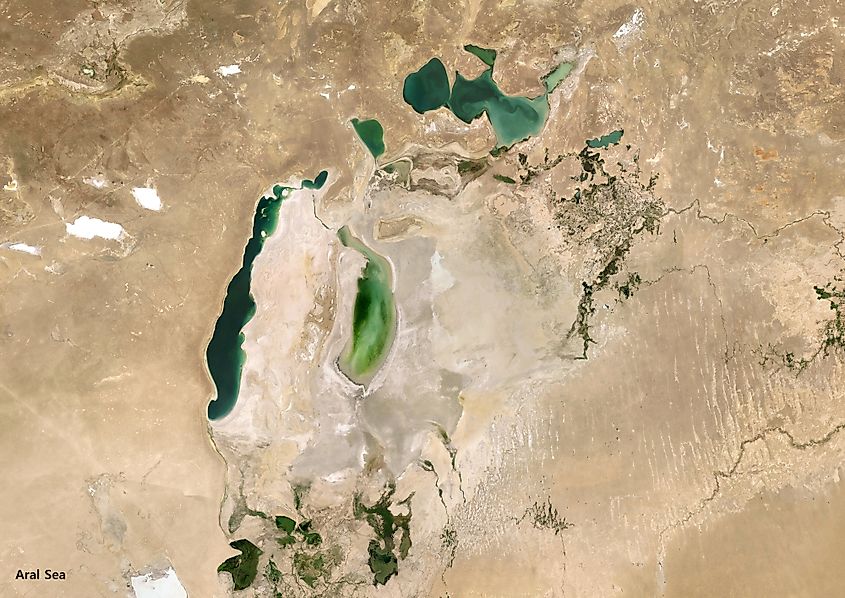
Just as outflow occurs differently in these basins, inflow is similarly only possible through rainfall. As such, the process of evaporation can often reduce the size of these basins radically. Over time, the basins begin to evaporate and dry up, or slowly shrink to a fraction of their initial size. These basins are also very high in salt and other minerals. This is because as the minerals are leached from the surrounding rock, they are left behind in the basins when water evaporates. Unlike with other basins with running water outputs, which can wash away minerals, the lack of flow means salt pans and saline lakes can be left behind when an endorheic basin dries up.
Where Can You Find Them?
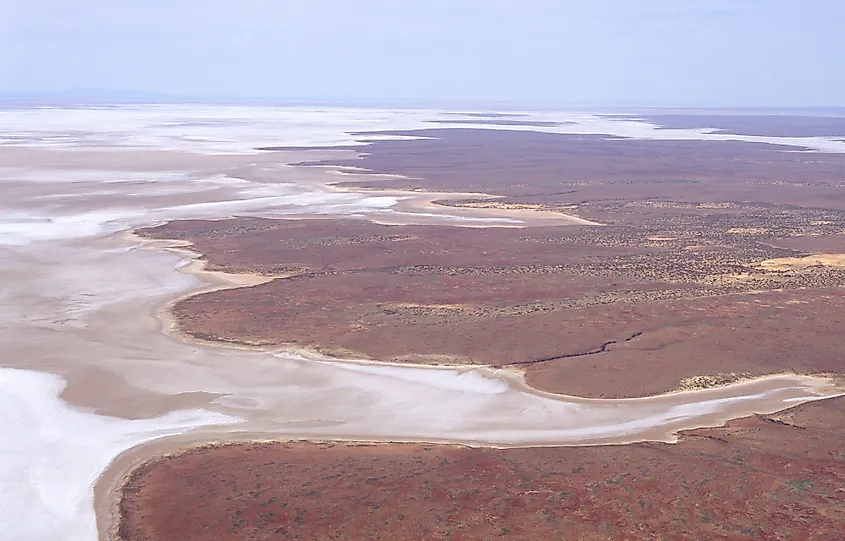
These types of basins can be found in nearly all climates, but are most common in dryer areas such as deserts, lowlands, or any area with decreased rainfall. They can, however, be formed in wetter climates where erosion forms a drainage channel, or causes a terminal basin to overflow. Either way, the basins are inland, and removed from other bodies of water, and almost always surrounded by highlands, hills or mountainous regions. The densest population of endorheic basins is Australia, where roughly 21 percent of the world's endorheic basins occur.
Examples
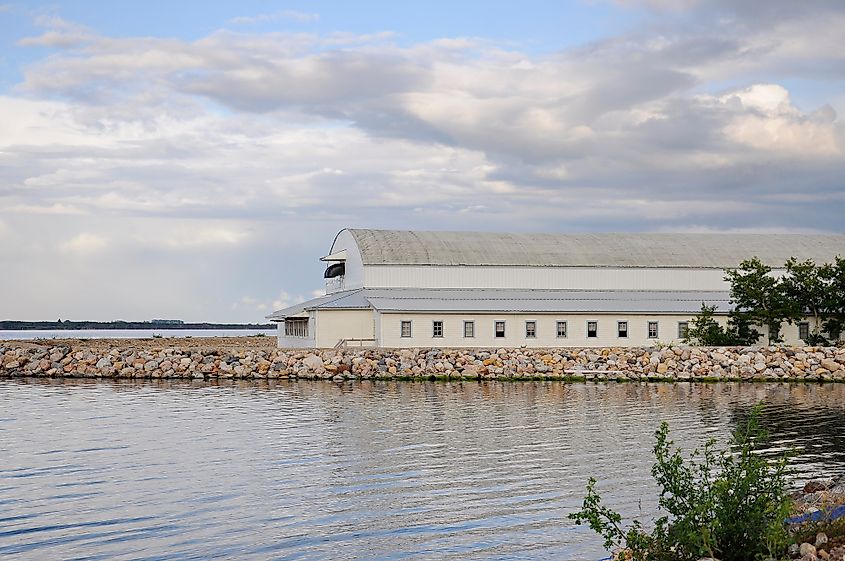
As described, endorheic basins collect water. As such, they form independent bodies of water within them, sometimes known as closed lakes, or simply endophoric lakes. Because of the process of evaporation which occurs over time, these lakes are often very saline, and are known as salt lakes. As the name would suggest, the Great Salt Lake, in Salt Lake City, Utah, is a remnant of an endorheic basin, and is part of the much larger Great Basin which expands much of Nevada, Oregon, Utah, and parts of California, in Death Valley, Wyoming and Idaho. Several other endorheic lakes and basins can be found across North America, from much of Mexico City, to Frame Lake in Yellowknife, and Little Manitou Lake in Saskatchewan.
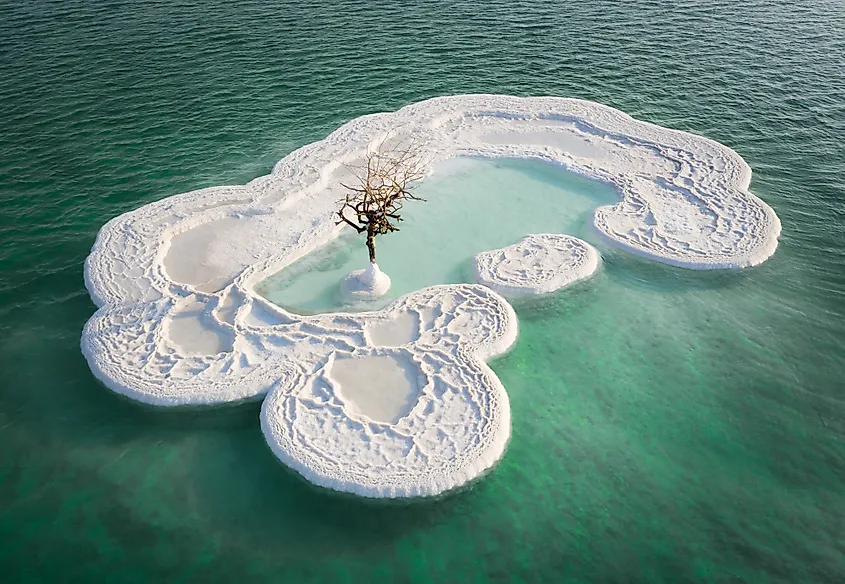
The largest lake in the world, the Caspian Sea, is also endorheic, and found in Europe. Lake Chad, Chott Melrhir, Turkana Basin, Lake Chilwa, and the Afar Depression, are some of the more prominent lakes and basins located in Africa. Across Asia, notable endorheic developments include Lake Urmia, the Aral Sea, Lake Balkhash, Central Asian Internal Drainage Basin, Pangong Tso, Lake Zan, and the well known Dead Sea, to name a few. Australia has The Lake Eyre basin, Lake Torrens, Lake Corangamite, and Lake George. There are even endorheic lakes to be found in Antarctica, in the McMurdo Dry Valleys, the largest ice-free area in Antarctica.







